Cookies
We serve cookies on this site to analyse traffic and optimise your experience.
Dieter Rams is a German industrial designer born in 1932. His name is closely associated with the consumer products company Braun, the furniture company Vitsœ, and the functionalist school of industrial design. His unobtrusive approach and belief in "Less, but better" design generated a timeless quality in his products and have influenced the design of many products, which also secured Rams worldwide recognition and appreciation.
Dieter Rams started his architecture and interior decoration studies in 1947 at the Wiesbaden Art Academy, which is now part of the Rhein Main University of Applied Sciences. A year later, in 1948, he took a break from his studies, gained practical experience and completed his carpentry apprenticeship. He returned to the Wiesbaden Art Academy in 1948 and graduated with honors in 1953, after which he started working for the Frankfurt architect Otto Appel. In 1955, he was hired by Braun as an architect and interior designer. In 1961, he became Braun's design director and served until 1995.
Dieter Rams’s ideology
Dieter Rams was strongly influenced by the presence of his grandfather, a carpenter. Rams once explained his design approach in the phrase “Weniger, aber besser” which translates as “Less, but better”. Rams and his staff designed many memorable products for Braun including the famous SK-4 record player and the high-quality ‘D’-series (D45, D46) of 35mm film slide projectors. He is also known for designing a furniture collection for Vitsœ in the 1960s including the 606 universal shelving system and 620 chair programme. By producing electronic gadgets that were remarkable in their austere aesthetic and user friendliness, Rams made Braun a household name in the 1950s. In addition to being a successor to the Bauhaus, Rams eventually became a protégé of the Ulm School of Design in Ulm, Germany.
“As designers we have a great responsibility. I believe designers should eliminate the unnecessary. That means eliminating everything that is modish because this kind of thing is only short-lived.”
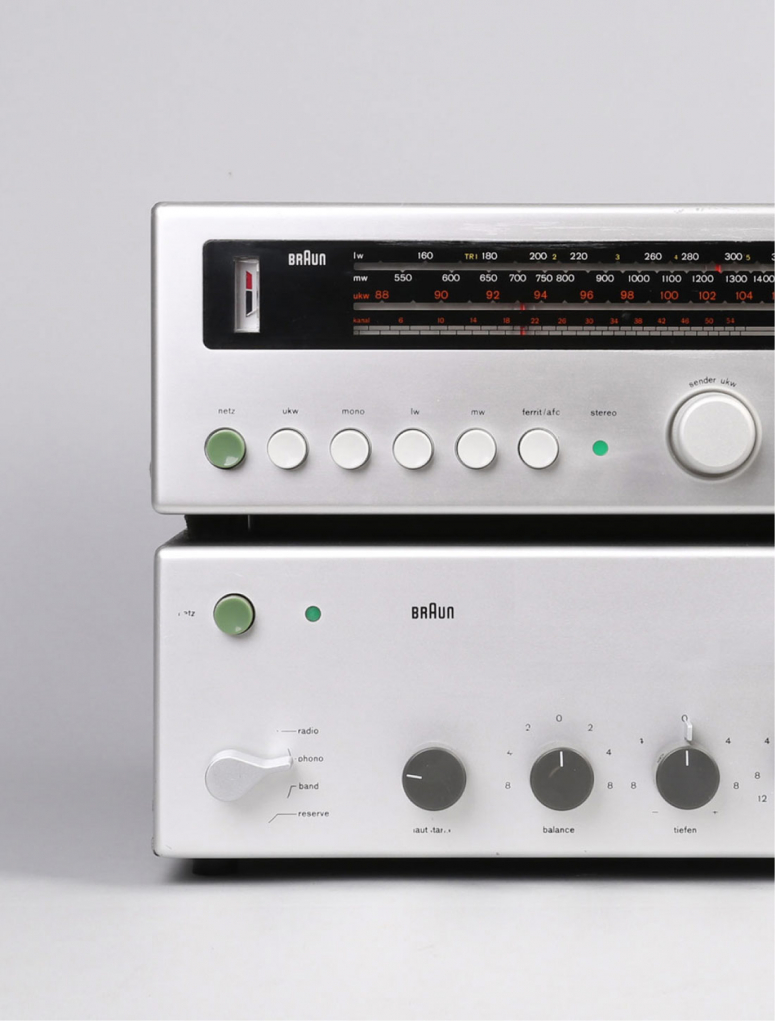 Braun CSV 250
Braun CSV 250
Dieter Rams 10 Principles:
Back in the late 1970s, Dieter Rams was becoming increasingly concerned by the state of the world around him. He laid out of a list of 10 principles for good design. This straightforward list lays out the fundamentals of good design, whether you are designing a logo, designing games or even when designing an app.
- Good Design Is Innovative
- Good Design Makes a Product Useful
- Good Design Is Aesthetic
- Good Design Makes A Product Understandable
- Good Design Is Unobtrusive
- Good Design Is Honest
- Good Design Is Long-lasting
- Good Design Is Thorough Down to the Last Detail
- Good Design Is Environmentally Friendly
- Good Design Is as Little Design as Possible
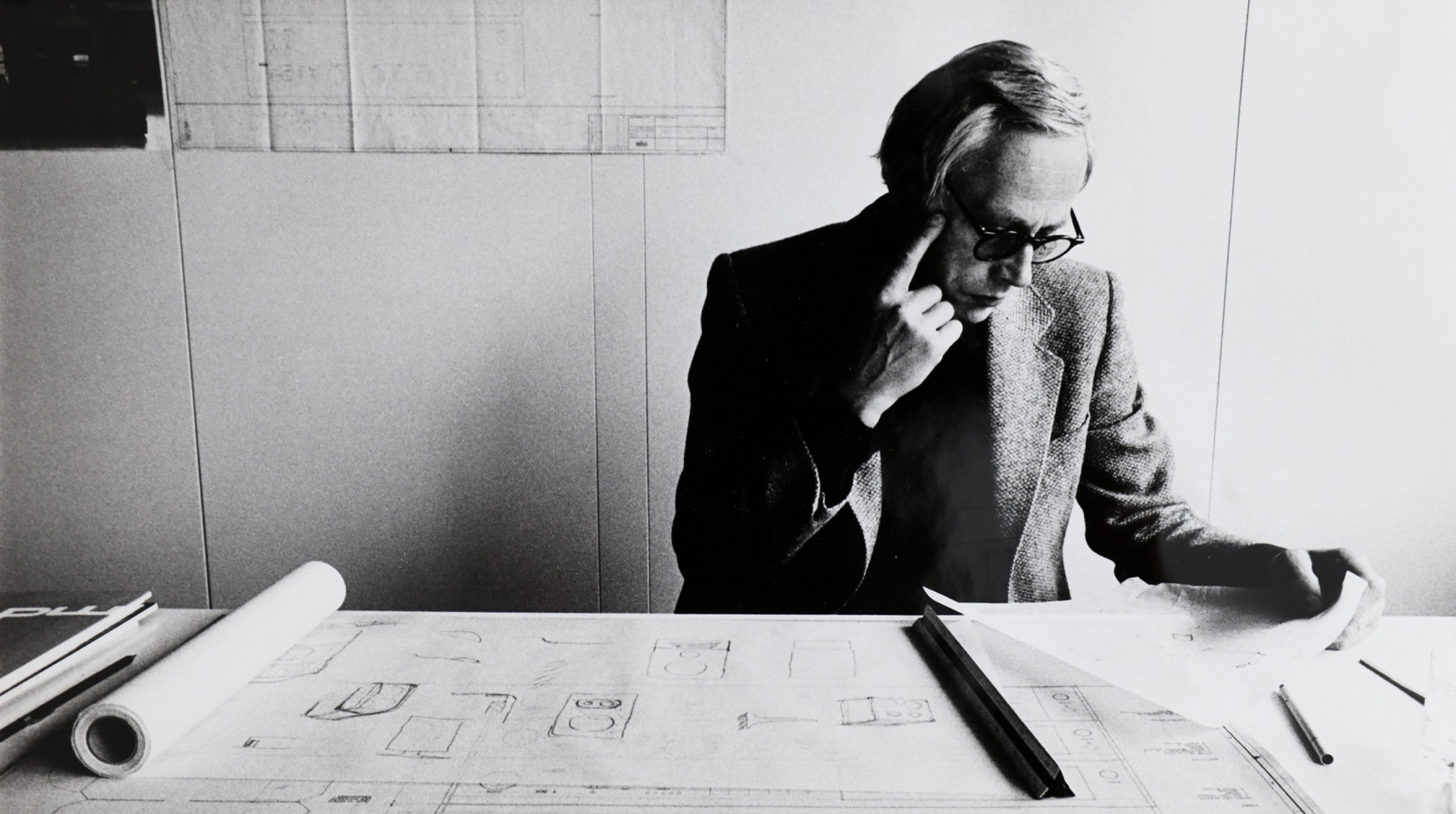 Dieter Rams [Image by Abisag Tüllmann]
Dieter Rams [Image by Abisag Tüllmann]
Three decades of Design innovation
Dieter Rams implemented his design rules over the course of three decades as head of design at Braun, which was crucial for Braun to become a globally renowned brand. Milestones in his incredible product design portfolio are exhibited in the Museum of Modern Art (New York), the Center Pompidou (Paris) and the Museum Angewandte Kunst (Frankfurt). The “Less and More” exhibition showcased Dieter Rams life's work in Osaka, Tokyo, London, Frankfurt, Seoul and San Francisco from 2009 to 2012 and was visited by over 370,000 visitors.
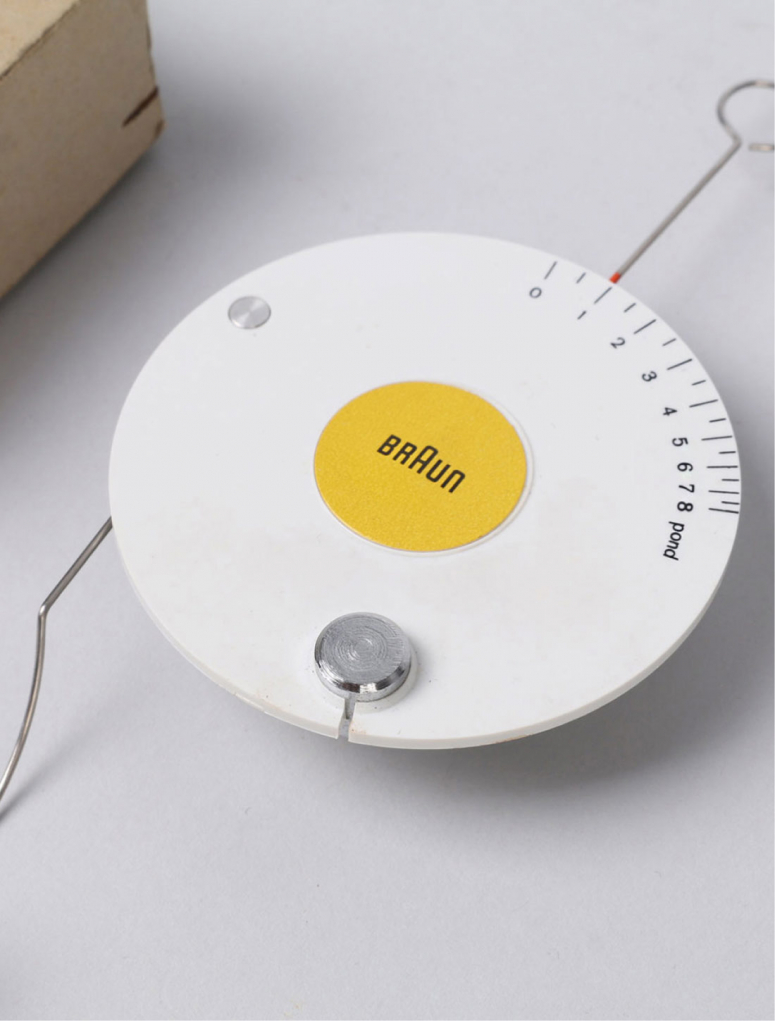 Braun Tonarmwaage
Braun Tonarmwaage
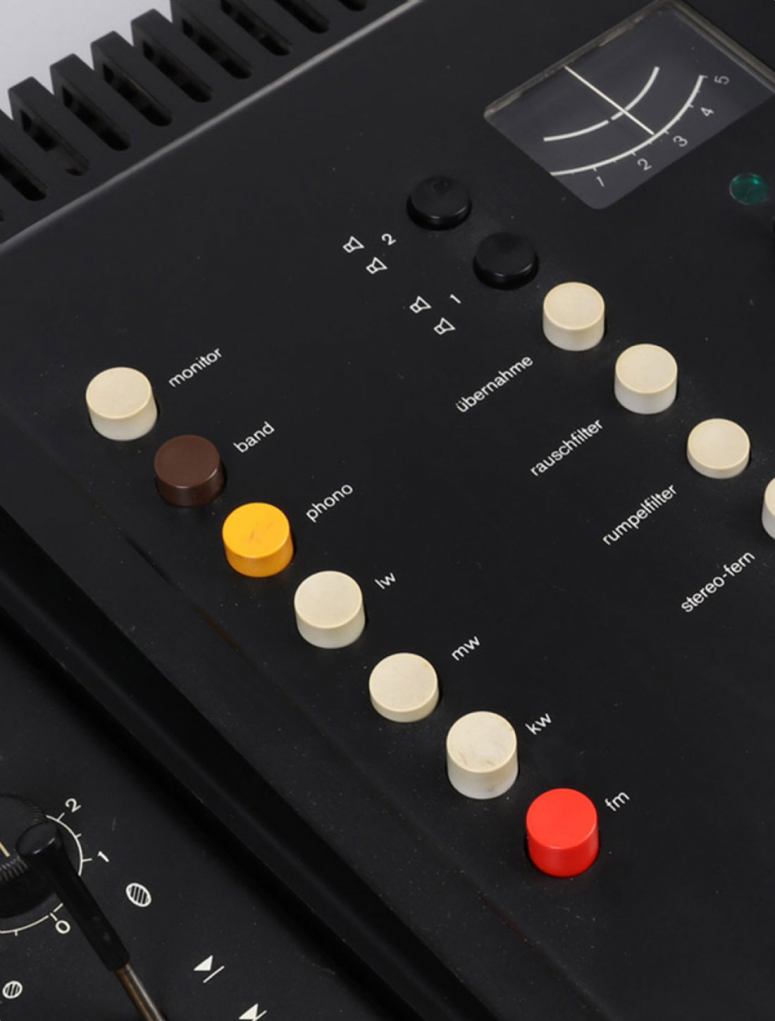 Braun Audio 308
Braun Audio 308


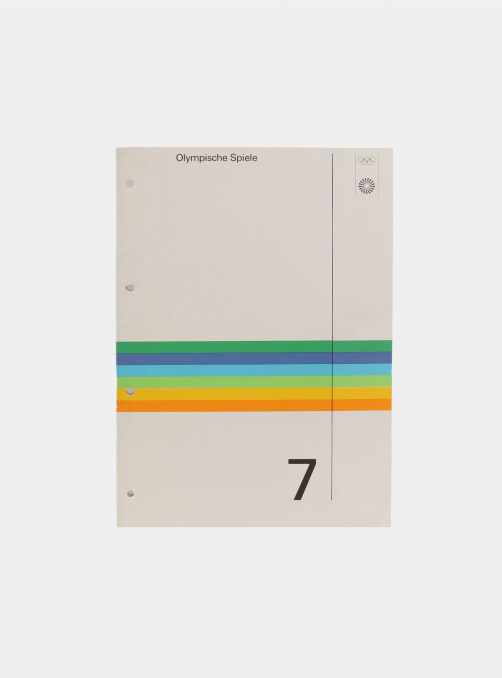 1972 Olympia Learning Program
1972 Olympia Learning Program
 1972 Olympia beer mat
1972 Olympia beer mat
 1960s Czech Swan
1960s Czech Swan

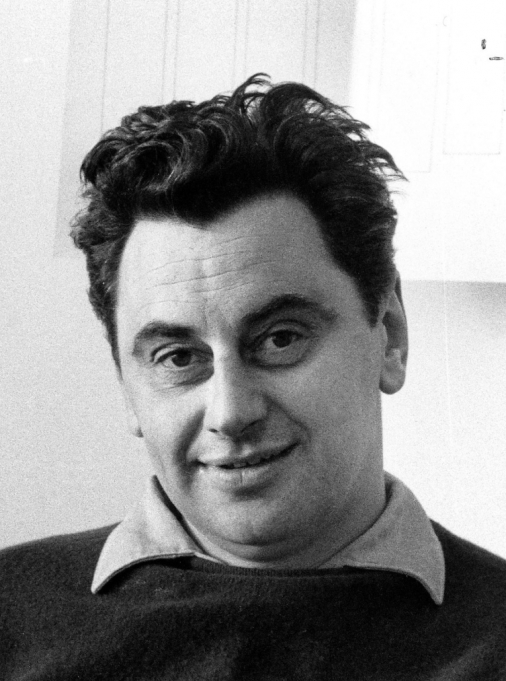 DESIGNER
DESIGNER
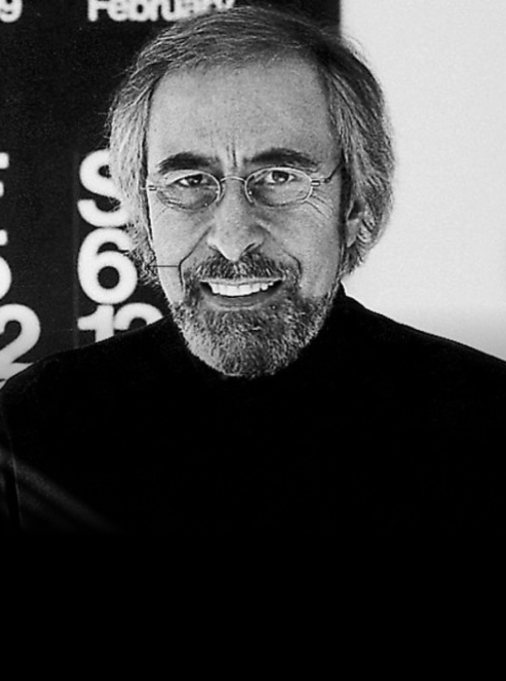 DESIGNER
DESIGNER
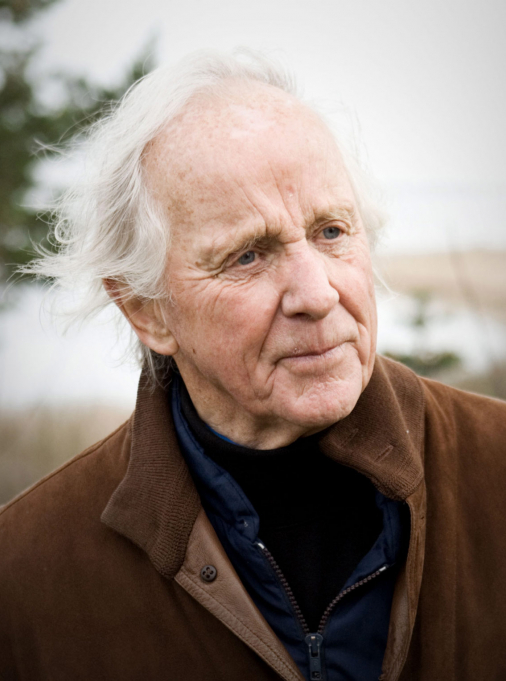 DESIGNER
DESIGNER
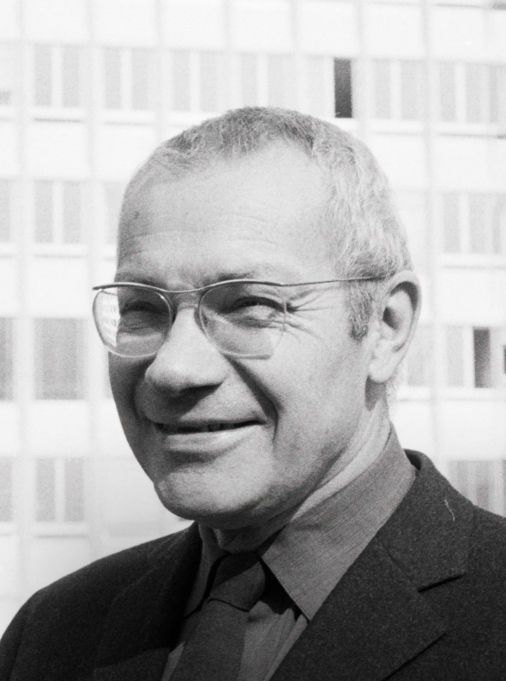 DESIGNER
DESIGNER
